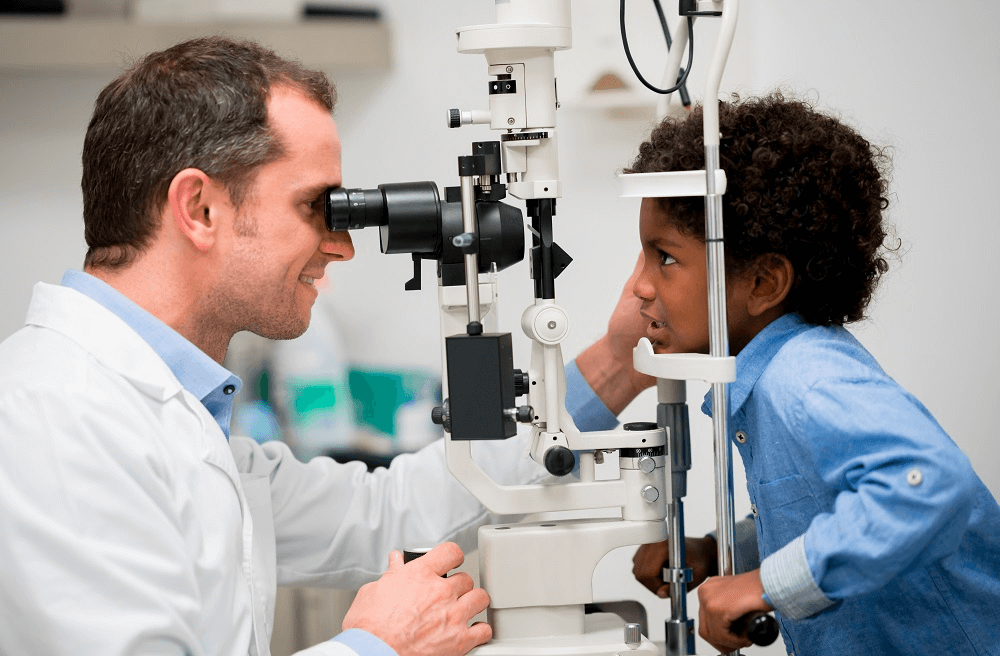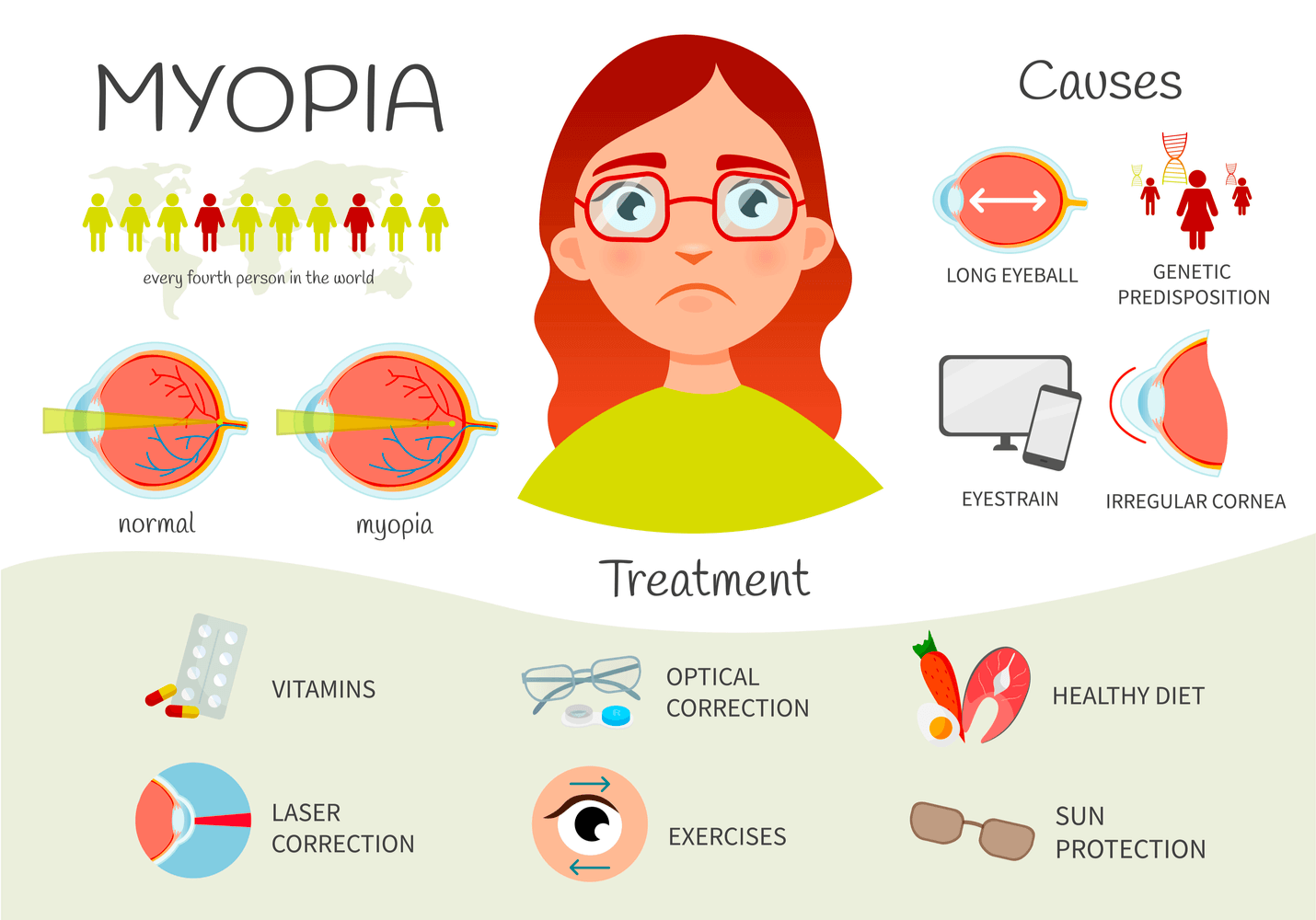Alcohol consumption during pregnancy is a major cause of birth defects and may have serious and irreversible consequences for development from birth to adulthood. Several interventions and prevention strategies can reduce the incidence of fetal alcohol spectrum disorders (FASD) .

How to prevent FASD?
So far, there is no safe drinking limit during pregnancy. Thus, the most immediate way to prevent fetal alcohol spectrum disorder (FASD) is for women who are pregnant or planning a pregnancy to stop drinking.
Prevention strategies such as screening and brief interventions can help women of childbearing age with alcohol problems. These interventions can be delivered by health-care workers and individuals in other settings where women are served. Involving a woman’s life partner in providing support at home is useful, but many women can reduce their own alcohol consumption through appropriate interventions.
It is clear that prospective parents and health care providers should be fully informed and educated about the harmful effects of alcohol consumption during pregnancy.
How important is it?
Over the past 20 years, alcohol consumption among women of reproductive age worldwide has remained at around 55 per cent, with about 11 per cent of pregnant women reporting alcohol consumption last month. Other studies have found that 30 per cent of women admit to drinking at some point during pregnancy and 8 per cent say they have had more than four drinks. While most women will consume less once they find out what they expect, many do not know about the pregnancy until the fourth or sixth week of pregnancy and continue to drink during that time. Although women are advised to avoid alcohol during or during pregnancy, they may continue to drink, possibly because of ongoing confusion about the effects of alcohol on fetal development.
Despite its completely preventable nature, prenatal alcohol exposure (PAE) remains a major cause of congenital abnormalities, mental retardation and other developmental problems in children. Complications associated with maternal alcohol consumption during pregnancy affect families and children of all ethnic and economic backgrounds.
One of the most serious birth defects caused by PAE is fetal alcohol syndrome. FAS is a persistent and irreversible condition characterized by a unique set of facial features (for example, a small opening in the eye, a thin upper lip, and a flat area above the upper lip) as well as growth retardation and central nervous system dysfunction. On average, about 1 to 3 out of every 1,000 fertile babies are born with FAS, and these rates have increased to 10 to 15 out of every 1 to 10 in high-risk groups such as boarders.
In view of the fact that most children exposed to alcohol during the prenatal period do not show all these defects, the term fetal alcohol spectrum disorder (FASDs) has been introduced in recent years to include a range of defects related to PAE. The prevalence of FASD in the general population is estimated at 5% .
In addition to the direct devastating effects of prenatal alcohol exposure on children and families, it also places a heavy economic burden on governments and communities. For example, the lifetime medical costs of a child with FAS are estimated at $2 million for special medical, health and educational resources.
What do we know?
The severity of the adverse effects of PAE varies from child to child and depends on a number of factors, including the extent (number, duration, incidence) of PAE and genetic predisposition. However, even small amounts of alcohol consumed during pregnancy can have a lasting effect on offspring. Even after controlling for confounding factors, having just one alcoholic drink a week for the first three months of pregnancy can lead to mental problems in girls as young as 4 and 8.
As a child
Alcohol consumption during pregnancy is associated with a variety of negative outcomes throughout development. Infants and young children exposed to alcohol in the womb show dysfunction in sleep, regulation, orientation and habits. They tend to be more irritable than unexposed children. Heavy drinking also leads to more negative emotions in the baby, which in turn reduces the level of response, support and stimulation provided by the mother and ultimately exacerbates the negative developmental effects of PAE. After controlling for age, race, and family income, children exposed to prenatal alcohol were more likely to be classified as insecure attachment or depressive symptoms than children who were not exposed.
Childhood
Childhood disorders usually persist throughout childhood, and children who are exposed to alcohol show increased reactivity, irritability, increased activity levels, and inattention. The difficulties experienced by children with prenatal alcohol exposure, including impairment of intelligence, language, memory, visuospatial problem solving and executive function, are also noted in the field of neurobehavioral sciences. Children with FASDs are also more likely to be diagnosed with attention deficit hyperactivity disorder (ADHD) than children without exposure, and exhibit behavioral problems and poor adjustment even after controlling for intellectual function.
Adolescence and adulthood
PAE continues to have an impact on young people and adult generations. One of the most documented effects is the high incidence of mental health problems, such as mood and personality disorders in the population. Problematic behaviors and crimes are also more common in adolescents and adults with FASD than in unexposed individuals. These people engage in more criminal behavior, antisocial behavior, inappropriate sexual behavior, and are more often incarcerated. They are also more likely to encounter social, emotional, professional, and material problems.
What can be done?
The most direct and obvious way to prevent FASD is to eliminate alcohol consumption in pregnant, planned or pregnant women. However, despite health advice, the rate of alcohol consumption among women of child-bearing age remained stable. In addition, the inconsistent information given to women and the controversy over the safe amount of alcohol that women should consume during pregnancy can cause confusion. There is a strong need for a clear consensus based on the systematic evaluation of PAE studies and for guidance of professional advice and practice.
The most successful prevention strategies are screening health-care professionals for alcohol consumption, with brief or extended interventions for both pregnant and non-pregnant women of childbearing age. The effectiveness of these treatments was also improved by suggesting that a woman’s life partner intervene. Health Service providers must therefore be fully informed and educated about the harmful effects of alcohol consumption during pregnancy and about brief interventions for women.
For children exposed to alcohol, the classification of specific syndrome features in the absence of obvious facial features would be helpful in the diagnosis. This will also ensure early identification and intervention, which has been proven to predict positive outcomes for this population. Paediatricians, nurses, educators and child mental health counsellors should be trained to identify the different physical signs of PAE and to ask and record maternal alcohol consumption during pregnancy.
Animal studies have also shown that certain substances can reduce the negative effects of alcohol on the foetus. For example, while dietary deficiencies (such as low levels of zinc and iron) may worsen the adverse effects of alcohol on fetal development, certain supplements (such as choline, zinc, vitamins C, E and B-carotene) can prevent these effects. Exposure to other substances, such as lithium and neuroprotective peptides, has also succeeded in reducing the severity of PAE’s effects on animals, but this has not yet been demonstrated in humans.
Treatment
Different interventions for pre-natal alcohol-exposed rodents were associated with positive outcomes, including neonatal management, enrichment and rehabilitation. In humans, social skills training, a math-and behavior-monitoring-focused social-cognition program, has been successful in improving the functioning of children’s FASD. Family interventions can also improve the well-being and daily adaptation of alcohol-exposed children, while assisting and supporting parents in providing stable and optimal care for their children.
One way to thoroughly track and organize the types of services offered to FASD children is to strengthen cooperation and communication between different child care systems, including health care, child welfare, community centres and early start and start programmes. The move also guarantees that the FASD will not be detected.
Current treatments for FASD children include behavioral, speech, occupational, and physical therapy. The success of these treatments can be improved by taking into account the specific deficiencies and needs of FASD children. For example, although many children with FASD are used as stimulants for ADHD symptoms, the negative side effects of these drugs seem to be particularly pronounced in children with FASD and should be prescribed with caution. Since FASD is spread across economic and ethnic groups, assistance to these children and their families should be adapted to meet the needs of different communities and cultures.












